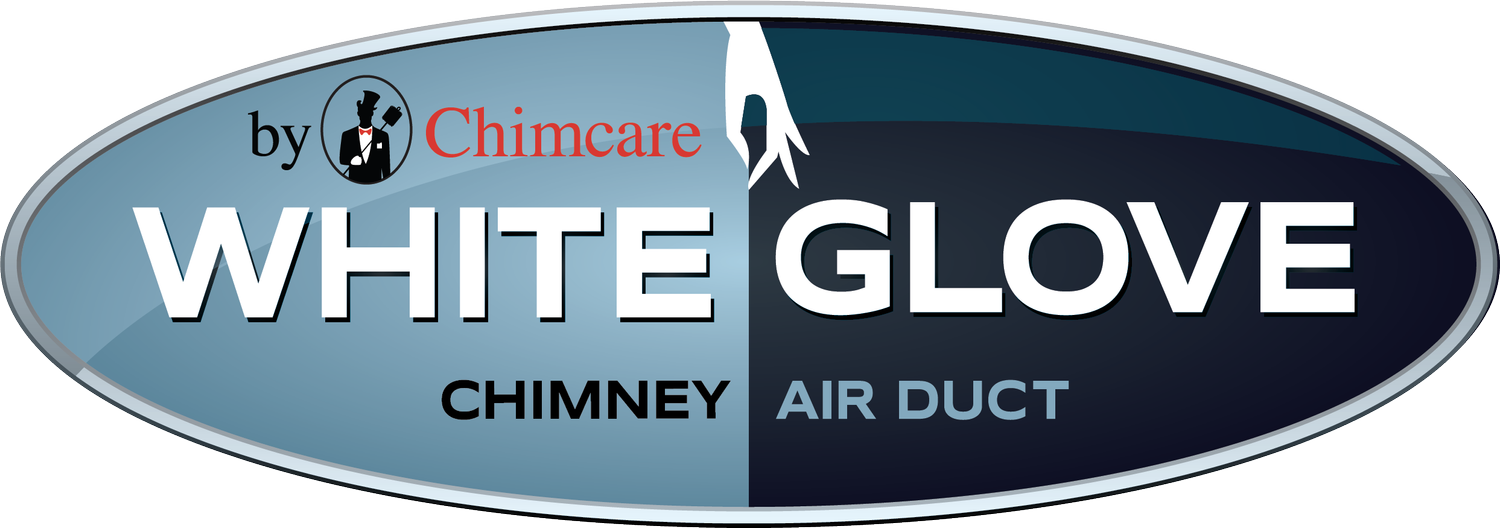Clearing Out Creosote
What to do with Creosote
Are you starting to feel the after-effects of creosote buildup in your home? Has it started to impact not only the performance of your chimney but also the health of people living in your home? The presence of creosote is never good news to any homeowner especially those with kids in the home. This problem should not be taken lightly and should be dealt as soon as possible. Here at White Glove, we would like to help you remove those stubborn, sticky, and filthy creosote that’s accumulating in your chimney walls. We will also discuss with you the necessary precautionary measures you can take to minimize buildup.
Creosote buildup in your chimney is somewhat normal. There is no perfect wood or burning material that you can use that will prevent creosote from existing. Creosote is actually formed because of incomplete combustion where the wood particles and condensed gases linger in the chimney walls. It usually forms in the chimney flue where condensation happens and eventually the solidification process begins mostly because of the powerful component, carbon. If it stays there, it poses a threat to the safety of your house because it can cause fires and indoor air pollution. This is why best to be aware of the things that happen inside your home and have your fireplace and chimney checked and cleaned regularly. There are three stages of creosote buildup. All of which is determined by the level of thickness.
Here are some things to notice:
First stage: it is known as plain, simple soot combined with ash. It is identified to be silky and just like black typical dust. This primarily has unburned carbon particles of the most minimal amount. It has a soft texture and is colored light brown or the shade of black. The flammability level will solely depend on the amount of the mixture of ash and soot. There are products we use to get this. What we use first and foremost, is a specially designed long brush.
Second stage: During this stage, it can clearly be identified as creosote that is porous and crunchy. This not only involves soot and ash anymore but added contributors like tar, fog, and vapor as well. This is the result of incomplete combustion of wood. The texture during this stage is a darker version of black and brown and harder too. This can enter your venting systems. Note that at this stage, the byproducts are highly flammable. Third stage: Creosote is now identified as a drippy, sticky glaze. It can form puddles that look like icicle sticks. This is the hardest to remove, highly flammable, and is the thickest of them all. Usually, during this stage, total removal would be difficult but constant monitoring and clean-up will have to be done vigilantly. Once you have a sweep clean and inspect, there are a few things you can do to reduce accumulation:
Only burn dry, seasoned wood. Wet or green wood creates creosote at a much quicker rate.
Don't burn anything other than wood.
Have regular chimney maintenance done by a certified chimney sweep.
